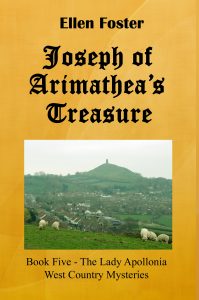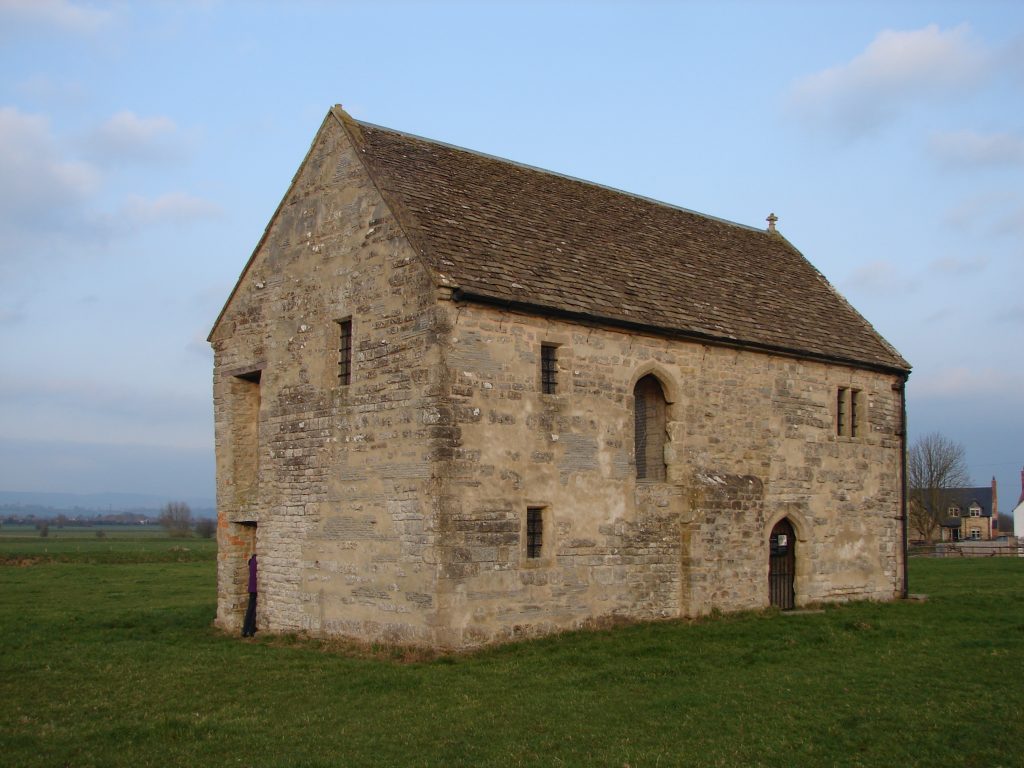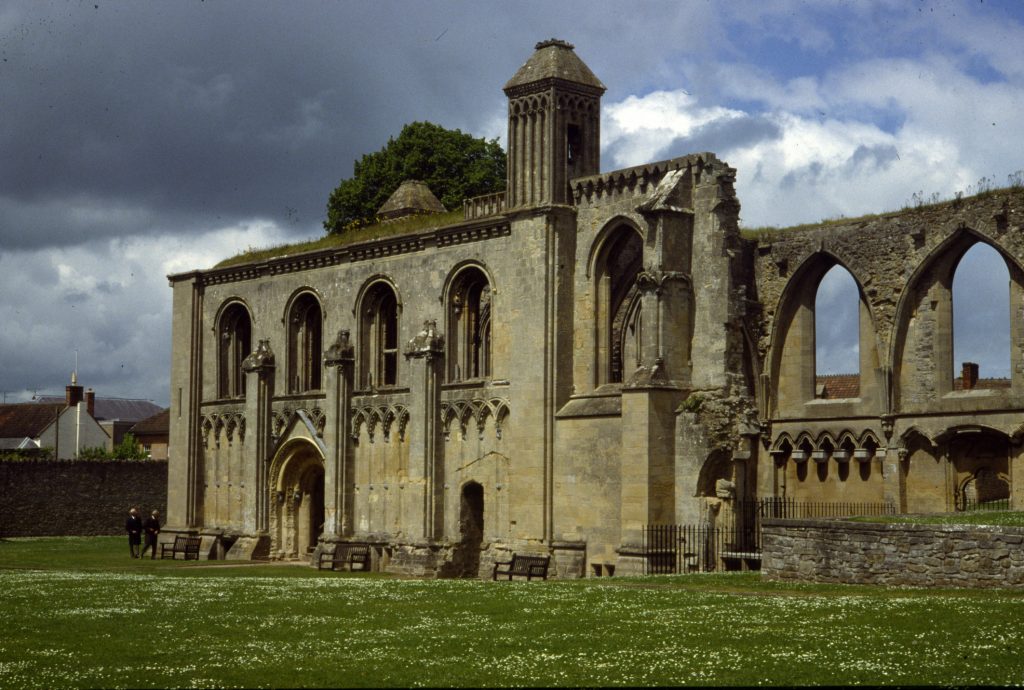 This posting continues my discussion of the medieval history of Glastonbury, Somerset, the English setting of Joseph of Arimathea’s Treasure, fifth book in my Lady of Apollonia West Country Mysteries. I will begin to focus this time on the Benedictine Abbey of St. Mary, known as Glastonbury Abbey, around which, in my last posting, we noted the town was developing.
This posting continues my discussion of the medieval history of Glastonbury, Somerset, the English setting of Joseph of Arimathea’s Treasure, fifth book in my Lady of Apollonia West Country Mysteries. I will begin to focus this time on the Benedictine Abbey of St. Mary, known as Glastonbury Abbey, around which, in my last posting, we noted the town was developing.
Although legends claimed that Joseph of Arimathea founded Glastonbury Abbey in the first century, AD, there is little evidence that the abbey’s history began before the Saxon period. The Saxons conquered much of Somerset by the late seventh century, and the King of Wessex authorized the building of a stone church on the Glastonbury site in AD 712. Remains of that church are to be found in the foundations of the west end of the medieval abbey church nave.
The church was enlarged in the eighth and tenth centuries. St. Dunstan, Abbot of Glastonbury from AD 940 to 956 was responsible for the latter enlargement. The monastic buildings he erected to the south of the church were the earliest example of a cloistered layout in England. The abbey had grown and prospered to the point that it was the wealthiest monastery in England by the time of the Norman conquest in AD 1066.
Water is an important resource to all monasteries, and this was especially true for Glastonbury Abbey in the early centuries of the Second Millennium. Much work was done on water channels to facilitate access to the abbey’s supply of fish from the nearby village of Meare, as well as access to the Bristol Channel and the sea. The Somerset Levels are flat areas of the shire to the west of Glastonbury which are just above sea level. The abbey was responsible for reclaiming much of this land from the sea, similar to such efforts in the Netherlands and in the East Anglia region of England.
By the time of my story, the abbey had built a fish house shown above, at Meare, the only medieval fish house still existent in England. It was the residence of the chief abbey fisherman and was used for salting or smoking fish caught in nearby Meare Pool, a body of water about five miles in circumference. From this source, the abbey acquired pike, tench, roach, and eels for use on Fridays, fast days, and throughout Lent. As many as 5,000 eels were consumed by the monks each year.
A great fire consumed much of the monastery in 1184. Recovery from this traumatic event, which was partially funded by King Henry II and others, led to many changes in the abbey. A Lady Chapel was built on the ruins of the Saxon Church. The ruins of that building are shown just above. When new, it was consecrated in 1186 in a ceremony attended by King Edward I. The abbey cemetery was to the south of the Lady Chapel, just outside the larger portal shown in the picture above.
Two bodies were exhumed by the monks from this cemetery in 1191 and identified as King Arthur and Queen Guinevere. After the rebuilding of the abbey church, the remains of Arthur and Guinevere were entombed prominently in its choir. Many modern scholars presume the discovery and reburial of these remains was a medieval publicity stunt to entice pilgrims to come and fund the massive rebuilding of the monastery after the great fire.
All these events were well before 1397, the time of Joseph of Arimathea’s Treasure. Join us next time when I will continue my history of Glastonbury Abbey.

